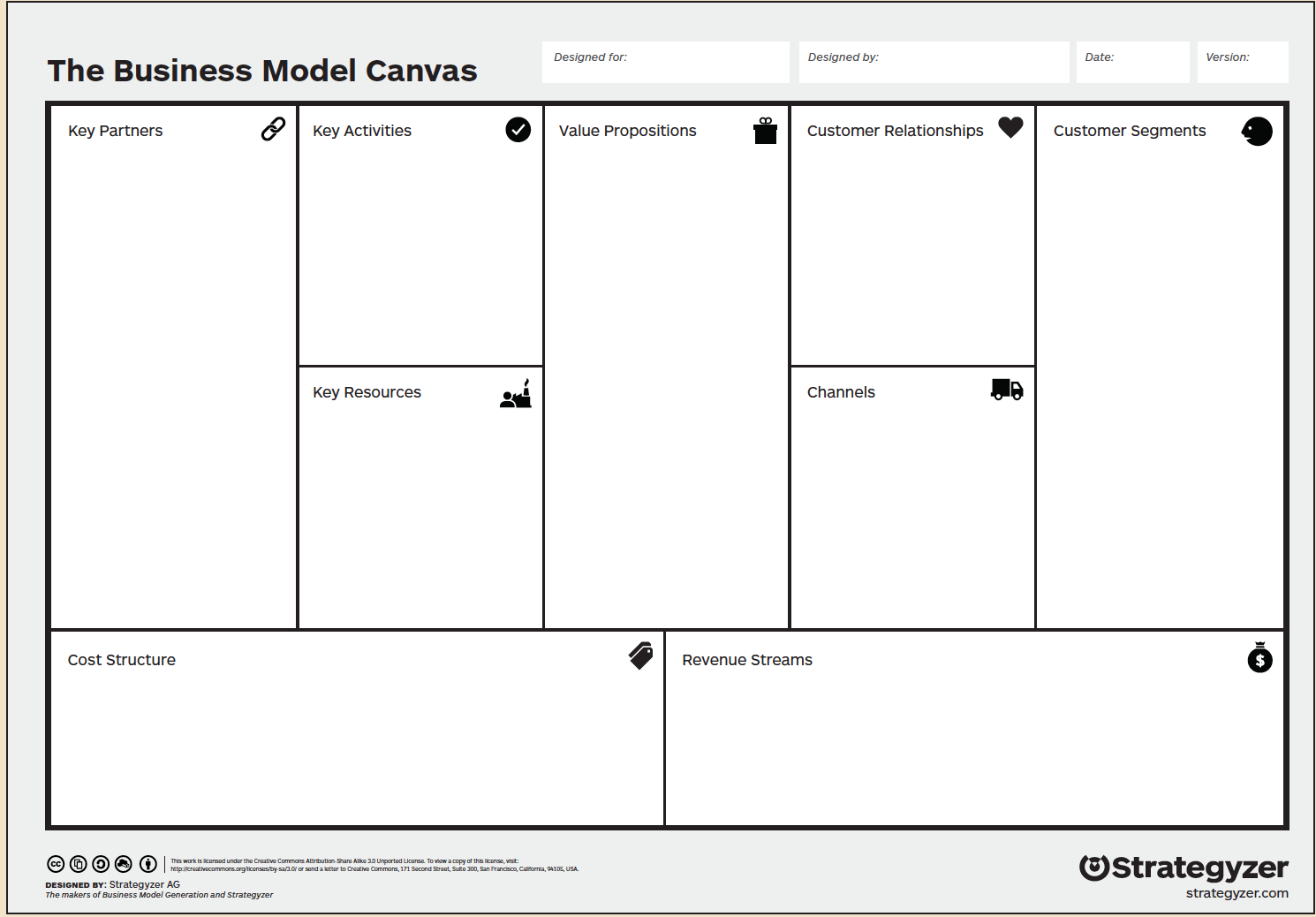
Does any of the following sound familiar? You studied diligently in college to prepare for medical school. Once in medical school, you labored through the basic science and clinical coursework to graduate, found your passion within the broad field of medicine, and continued on to residency. You may have then completed fellowship training. Having found your niche, you joined a group of physicians in private practice or academia or embarked on your own to hang your own shingle. In any case, you got there. You were ready to begin your career.
AT A GLANCE
• Creating a business plan can bridge the gap between the practice of medicine and the business of medicine and provide a guide for linking the two.
• The business plan for physicians is focused on how to create value and growth while maintaining excellent patient care and is not necessarily designed for external review.
• A practice’s business plan should be reviewed periodically and is meant to be changed.
The goal for physicians—as it should be—is to provide outstanding medical care, but what is required to succeed at this? The obvious answer is to diagnose and treat as you have been trained. Therefore, you stay abreast of the latest studies and findings by reading journals and attending conferences. You know what you know, you know what you do not know, and you refer patients with puzzling findings beyond your expertise to other physicians. You have the tools and skills to diagnose and treat patients in your field; you are proficient in providing superb care.
AFTERTHOUGHTS
Did you ever learn how to care for and lead a business? Often, the business of medicine and the skills it takes to successfully lead a practice are afterthoughts—if that—in medical training.
Physicians enter the business arena as soon as they begin practicing medicine. Whether you run a solo practice, are part of a private group practice, or are on the staff of an academic department, you either lead a business as the chief executive officer (CEO) or are a vital part of the group as a partner or employee.
The long-term success of any practice requires business planning. How do you set up your practice for growth?
How do you stay abreast of market changes and integrate the latest technologies? What do you do with that innovative medical idea you would like to pursue? These issues may be categorized under the business of medicine rather than simply the practice of medicine. Creating a business plan can bridge the gap and provide a guide for linking the two.
DO YOU OR DON’T YOU?
Do you need a business plan? It depends on whether or not you want to increase the growth and value of your practice (Figure 1).

Figure 1. Dilbert’s attempt at business planning. (Dilbert ©2016 Scott Adams. Used with permission of Universal Uclick. All rights reserved.)
Physicians in medical practices must focus on growth and value regardless of the stage of their career, their years in practice, or the years their practice has been in existence. Maintaining the growth of a medical business is essential in the current climate of constant, dramatic, and unpredictable changes in the business of medicine across all specialties.
A business plan provides an operating framework for practice focus and growth, and it helps the practice owner articulate the value proposition of the practice. Asking internal questions helps develop a strategy for growth. Why do you do what you do? What sets you apart from your competitors? What makes your practice unique? What value do you provide to the community? Do you have a goal for a specified annual growth percentage?
Purposes of a Mission Statement
No. 1. To provide a central message for all in the company
No. 2. To allow you to more easily contemplate and write the remainder of the business plan
No. 3. To provide a central and unifying pivot point
No. 4. To be shared with a trusted group of colleagues who have similar mindsets about physician leadership
Oftentimes, practices can percolate for many years without re-evaluating their operations. Is what you are doing allowing you to achieve your full potential? What value will protect you if someone starts a practice across the street? How do you stay one step ahead? Questions such as these apply to the business of medicine that is often overlooked while you, as the physician-CEO, are involved in more satisfying activities such as patients’ care.
HOW TO DO IT
Writing a business plan for a medical practice may be more difficult when you are first starting a career, but it certainly can be done. Reviewing and revising that plan, or writing a new one, when you are advanced in your career allow the path to be reset using hindsight and wisdom garnered from past experience.
Creating a business plan does not have to be complex or unreasonably time-consuming, and it may be accomplished in many ways. Traditionally, in the business realm, a business plan focuses on a new product or service. It may be a multipage document devised to be presented to investors. Because the goal of a medical practice is to create value and growth while maintaining excellent patient care, the business plan for physicians is focused on how to achieve those goals and is not necessarily designed for external review.
Some physicians have a talent for creating and remembering a mental plan that is never placed on paper. That may be acceptable and efficient in some cases, but details may be overlooked or forgotten. Placing the plan on paper creates a record that is a palpable, living document to which you are accountable. A 1- or 2-page plan is often adequate as a first attempt.
Guidelines and resources exist online, likely locally, to get started. These resources may range from fill-in-the-blank forms to interactive software that can be tailored to your business. One online tool for this purpose is the Business Model Canvas from Strategyzer (bit.ly/1vm96Wb; Figure 2). This free and downloadable model can be enlarged, printed, even laminated, and placed on a wall in your office for all executives and staff to see. Subsequently, you can use pencil, pen, or even sticky notes to add to, alter, or delete from the plan.
Regardless of what modality you use, it should be reviewed periodically and be meant to change. Writing your business plan and discussing it, and even displaying it as with the Business Model Canvas, are a powerful way to keep you, as the CEO, and your staff accountable.
GENERAL ELEMENTS
Although there are many ways to write a business plan, elements of the plan will be similar even though the titles of the sections may vary based on the resource. Generally, these elements include the following:
• mission statement
• business summary and description
• market strategy and competition
• operations
• financials
There are many other resources to which one can refer for guidelines on how to expand upon on the sections of the business plan. For example, see bit.ly/1w35xDG and www.liveplan.com.
Special emphasis should be placed on defining the mission statement, as this is the most important part of your business and its plan. Of all the elements of the business plan, the mission statement is the foremost element from which to start. It reflects and integrates your values as a leader. The mission statement should be a concise, clearly defined, laser-focused vision of what you, as the CEO of your practice, ultimately want to achieve. To begin, ask yourself: Why am I doing what I do?

Figure 2. Strategyzer’s Business Model Canvas is one way to display your business plan for all executives and staff to see.
Having a mission statement serves additional purposes (see Purposes of a Mission Statement), which are detailed in the sidebar on the previous page.
CONCLUSION
Do you need a business plan? It depends. If you want to continue to grow and add value to your practice, then the answer is yes. Devising a business plan can ultimately help you to bridge the divide between the business of medicine and the practice of medicine itself.
Leslie Emmert-Buck, MD, PhD
• leb@atlanticbb.net
• financial interest: none acknowledged


